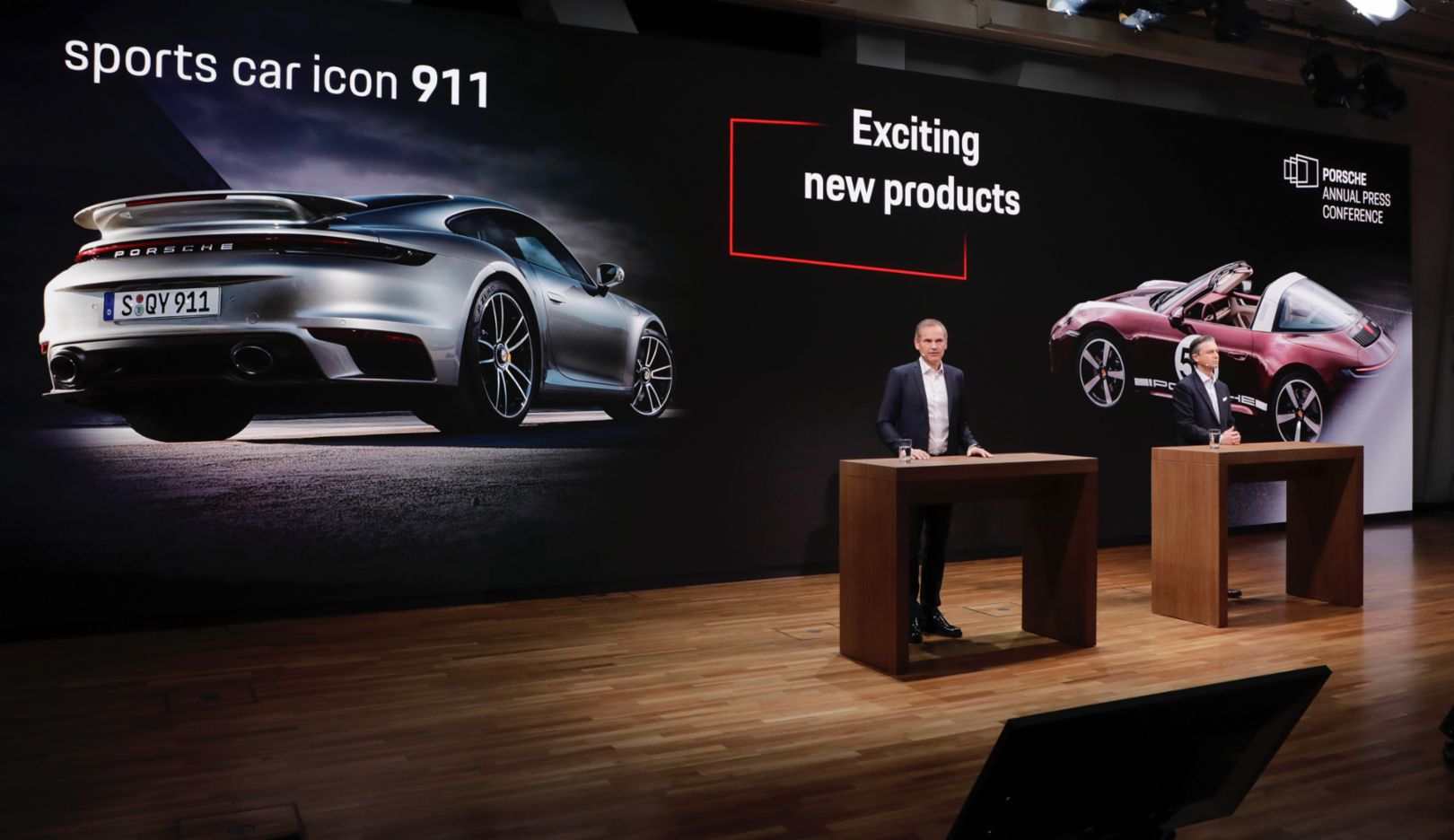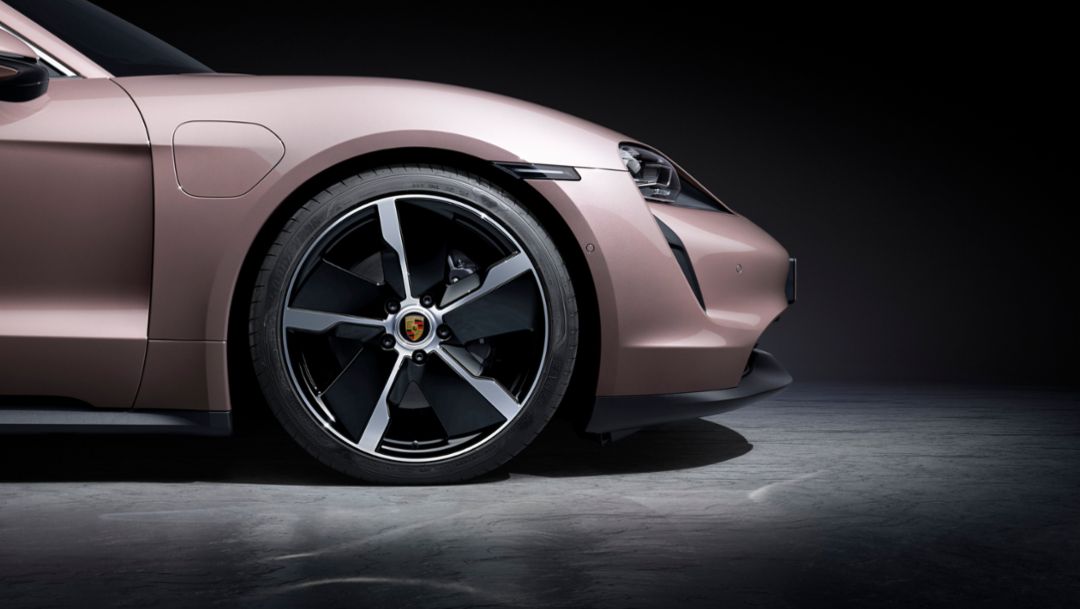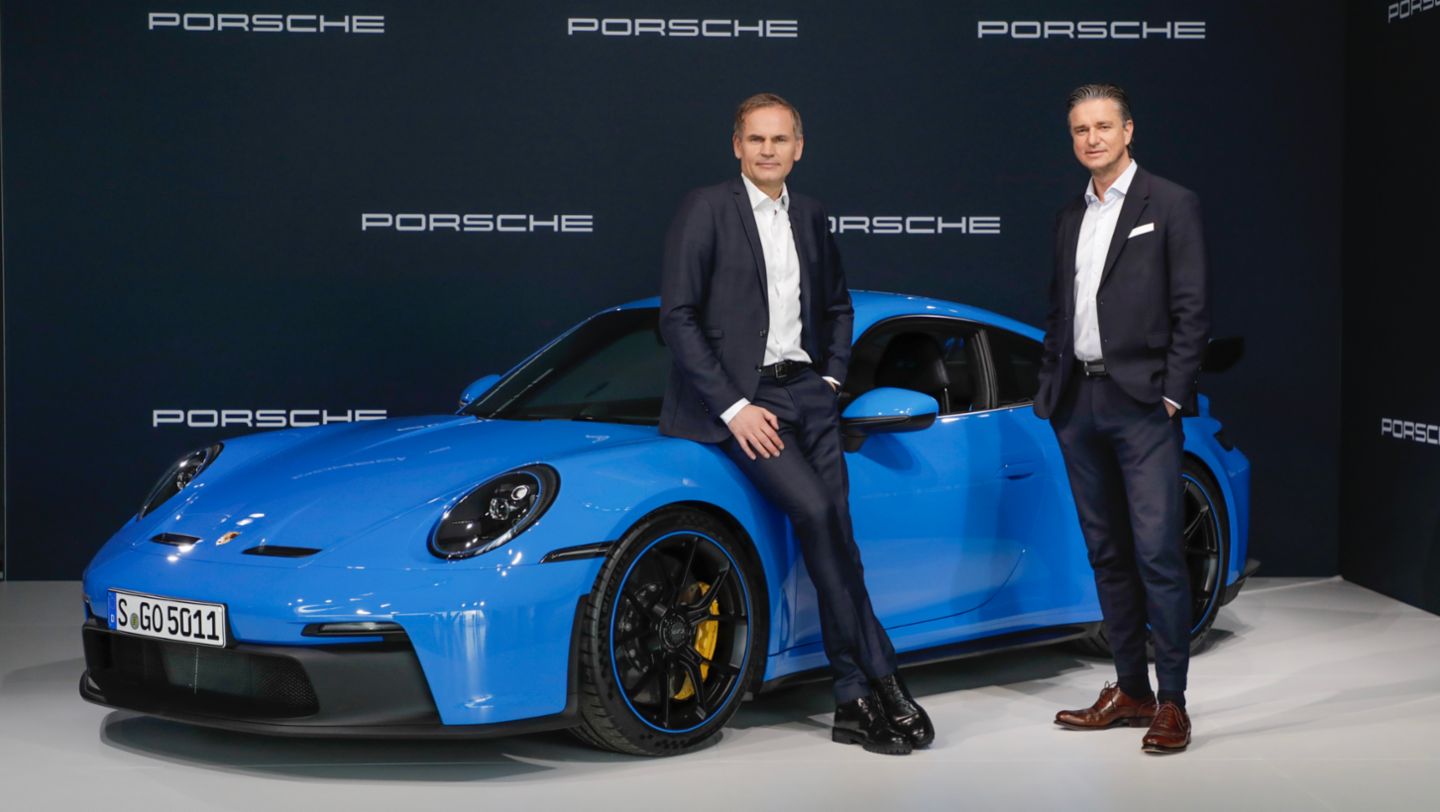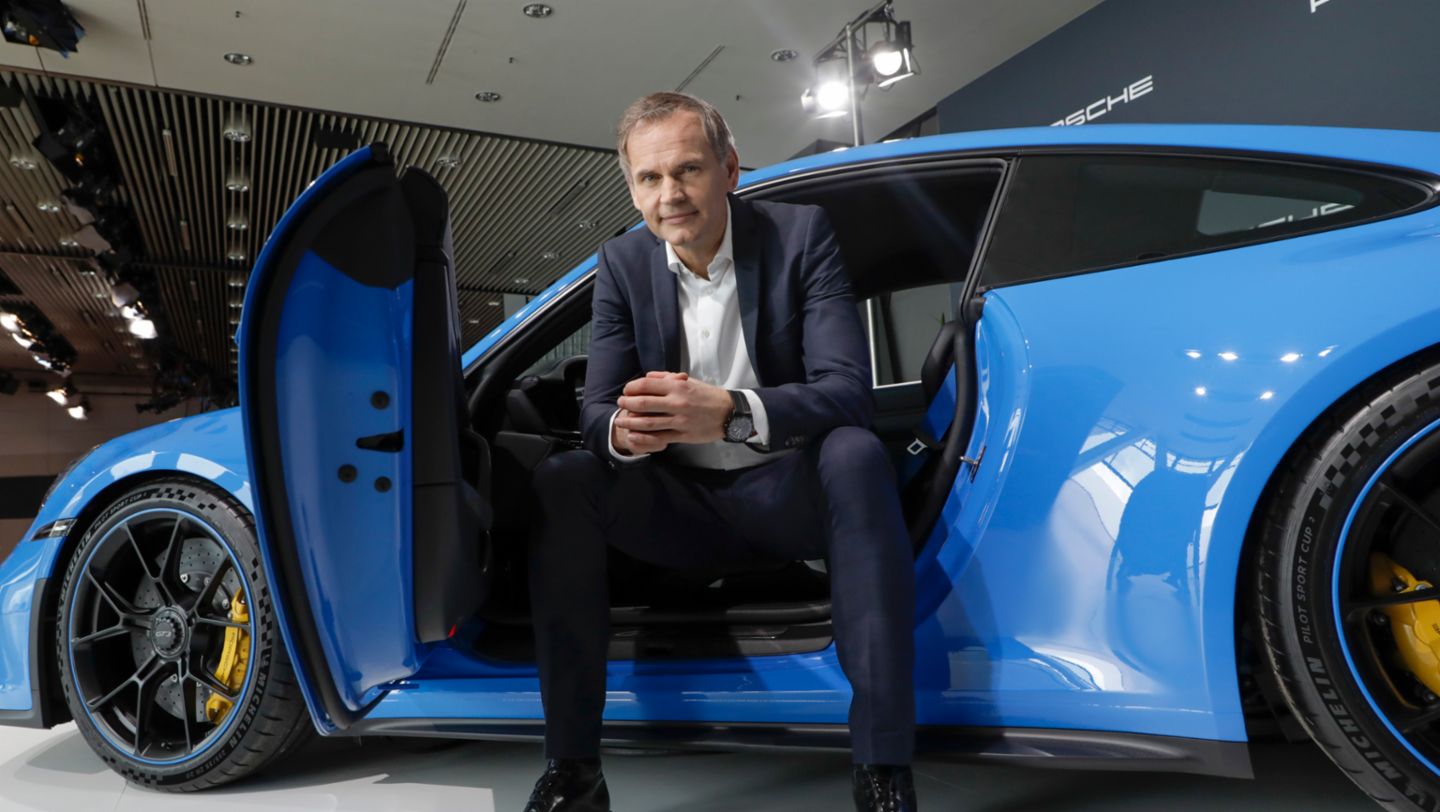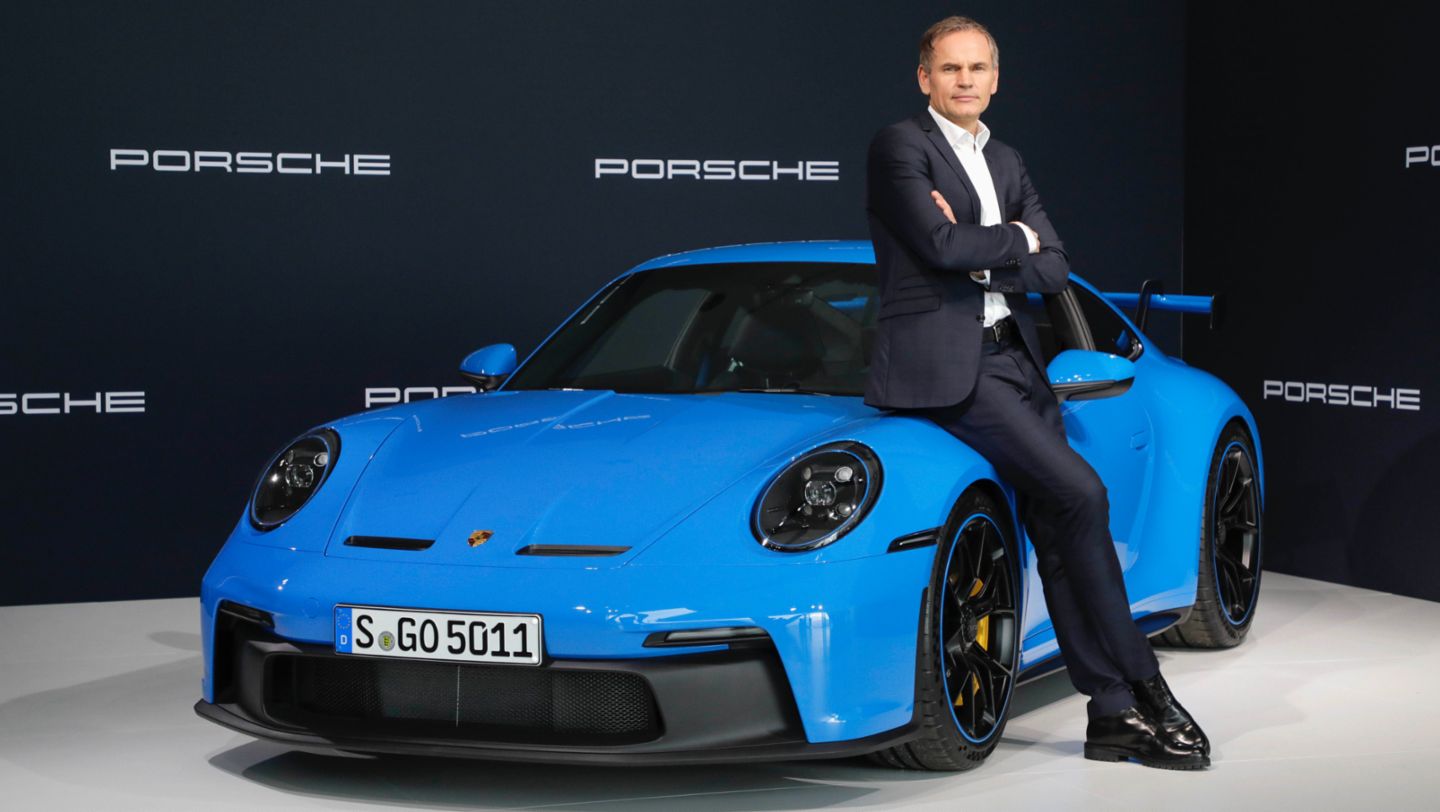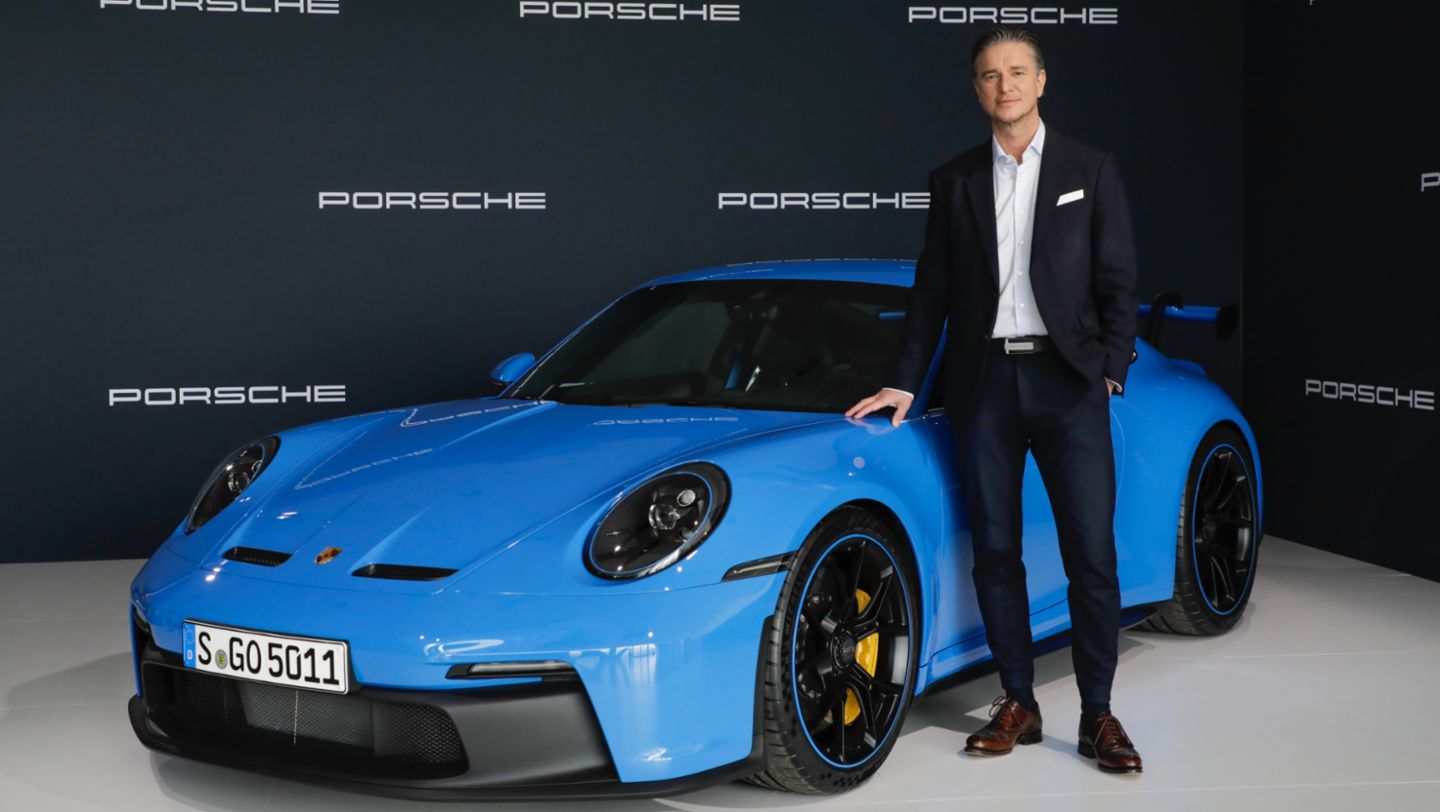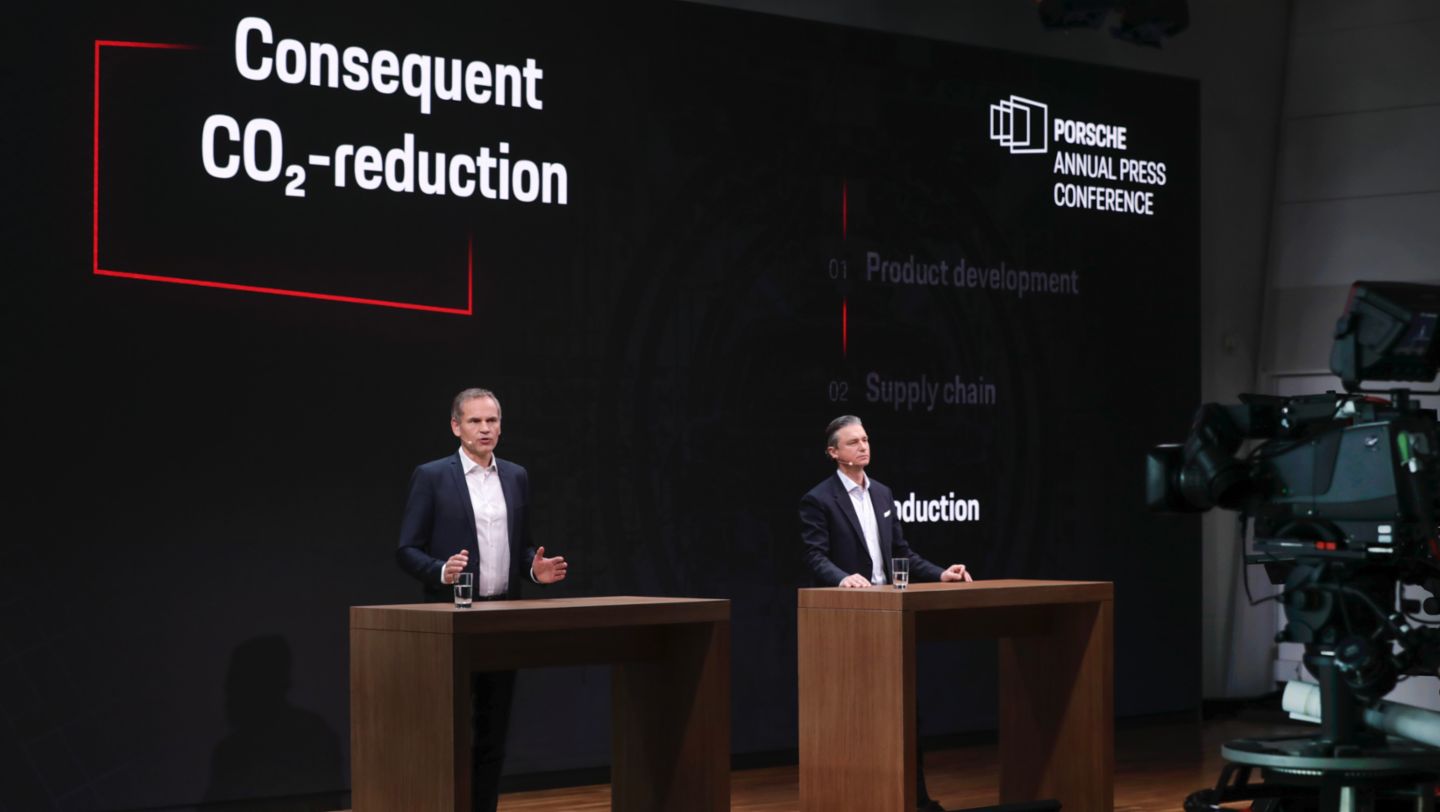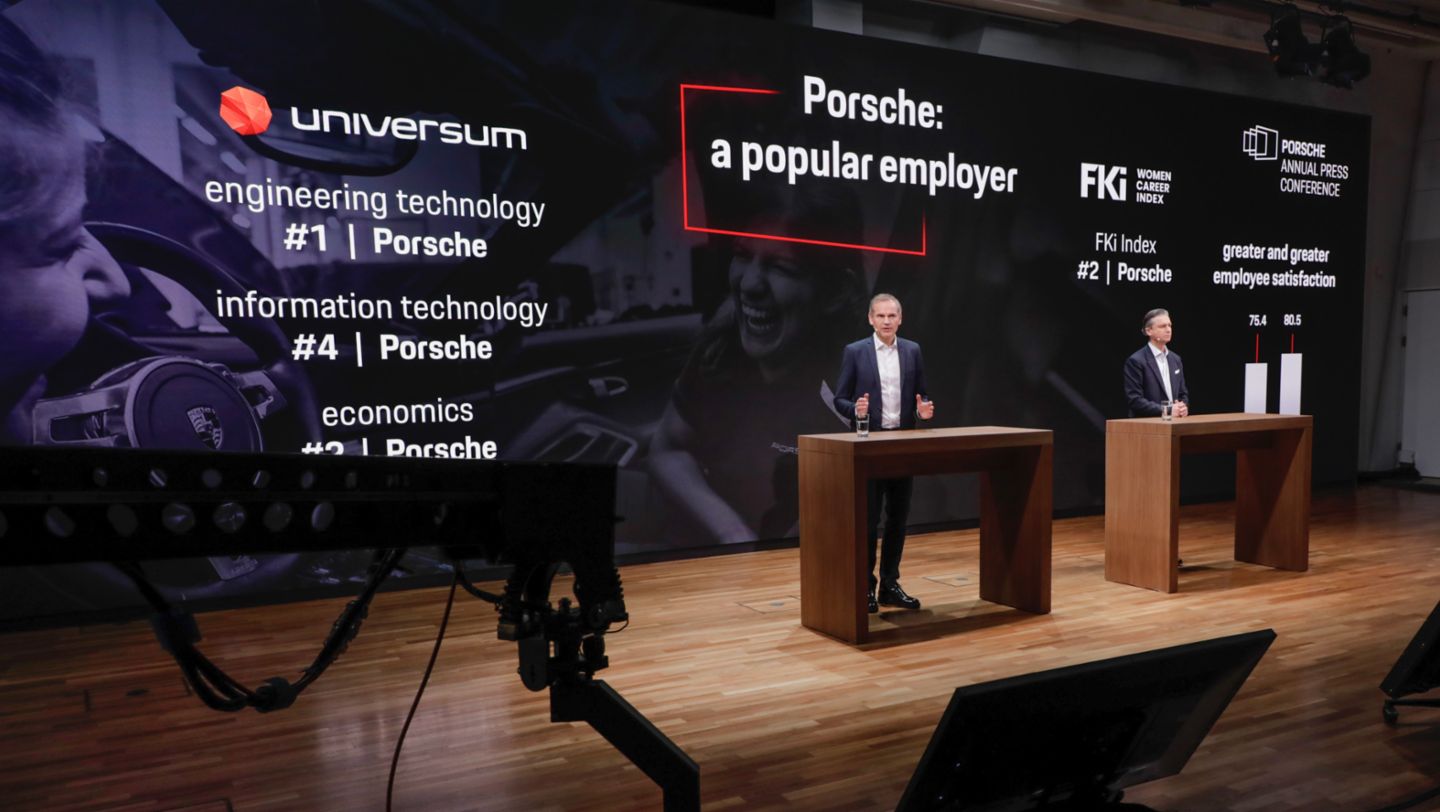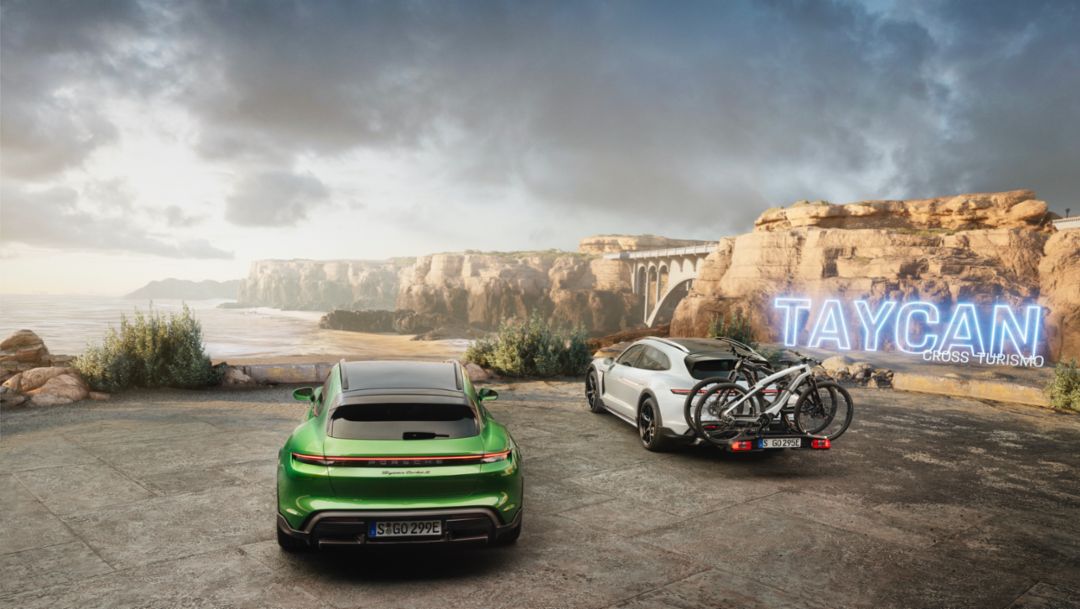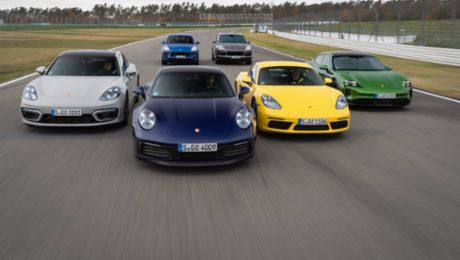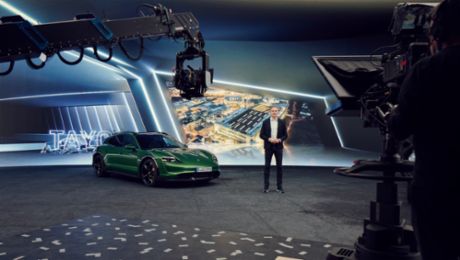The operating result is 4.2 billion euros. The previous year it was 4.4 billion euros before special items and 3.9 billion euros after. The return on sales was 14.6 per cent in 2020, within the strategic target corridor despite the tense economic situation. The strong figures from 2019 were thus only barely missed, despite a temporary shutdown of production. In total, Porsche delivered more than 272,000 vehicles to customers worldwide. This is just three per cent less than the previous best year, 2019. The profit before tax was 4.4 billion euros, an increase on 2019.
“The financial year 2020 was successful for Porsche – despite challenging circumstances,” says Oliver Blume, Chairman of the Executive Board of Porsche AG. “There are four reasons for this: our attractive product range, convincing electric models, our brand’s innovative strength and the determination with which we approached our crisis management. More than 20,000 units were delivered of the Taycan, the first all-electric Porsche sports car. This makes it the most successful electric sports car in its class. More than 50 international awards attest to this. Among other things, the Taycan was named the ‘world’s most innovative car’. Porsche stands for a robust core business, sustainable action, social responsibility and innovative technology.”
“We’re very proud of our business figures,” says Lutz Meschke, Deputy Chairman of the Executive Board and Member of the Executive Board for Finance and IT of Porsche AG. “Despite the numerous challenges, we achieved our strategic target corridor with an operational return on sales of 14.6 per cent.”
According to Lutz Meschke, the fact that such record figures were achieved despite the difficult global situation was made possible by a very swiftly established cost and liquidity management system. “Our top priority in the crisis was liquidity. We needed to reduce all costs that were not absolutely necessary.” At no stage did Porsche lose sight of its long-term strategic direction. “We didn’t scrimp at all when it comes to the future topics. We continue to proceed at full speed on transformation, digitalisation and electrification. Attempting to economise in these areas will very quickly result in a loss of competitiveness. Our cost and liquidity management provided a benchmark. We protected our business so we can get going again at full steam once the crisis ends.”
Honing of the profitability programme
With this in mind, Porsche once again honed its ambitious “Profitability Programme 2025”. “Our new goal is to support our result cumulatively by 10 billion euros by 2025, and by 3 billion euros per year after that,” says Lutz Meschke. “The most important thing about our profitability programme is that it’s not just a savings plan, it’s also a programme of innovation. It’s not about cutting costs. It’s about intelligently optimising all of our processes and developing new business ideas.”
In a difficult market environment, Porsche has kept the number of employees constant at around 36,000. “No employee needs to be concerned. We concluded a job security agreement that guarantees the jobs of our core workforce until 2030,” says Lutz Meschke. “We’re not cutting any jobs or getting rid of any subsidiaries. On the contrary, we’re investing in our employees and in our future. This is paying off: Porsche increased its efficiency further and lowered its profit threshold. From this position we want to achieve our strategic goal of an operational return on sales of 15 per cent in 2021 as well, despite the difficult economic situation.” As in the previous years, Porsche shared the company’s bounty with the workforce. For 2020, the voluntary bonus is 7,850 euros.
Porsche targeting a CO2-neutral balance sheet for 2030
In the face of continuing climate change, Porsche AG set itself another ambitious target: “Sustainability is an important part of our Strategy 2030 – holistically: economically, ecologically and socially,” says Oliver Blume. “We launched a comprehensive decarbonisation programme with a firm target in mind: Porsche wants to have a CO2-neutral balance sheet throughout the entire value chain by 2030. We will achieve this by systematically avoiding and reducing CO2 emissions. All of the major sites like Zuffenhausen, Weissach and Leipzig have been CO2-neutral since 2021. We’ve earmarked more than a billion euros for decarbonisation over the next 10 years. We’ve reached the first milestone: the Taycan Cross Turismo, which had its world premiere at the beginning of March, is the first vehicle that will be CO2-neutral throughout the use phase.”
In 2020, a third of all Porsche vehicles delivered in Europe were fully or partially electric; worldwide it was 17 per cent. In 2025, half of all new Porsche vehicles sold will have an electric motor; in 2030, more than 80 per cent of the new vehicles will be electric.
For Porsche, socially responsible action also comes under the umbrella of sustainable management. In keeping with this, the company launched its “Porsche helps” programme during the pandemic. It saw countless employees give their time or money to charitable projects. To mitigate the effects of the pandemic, Porsche topped up its donations by five million euros, while food donations to the Tafel organisations were doubled.
Robust delivery performance
When it comes to deliveries, Porsche benefited from its strong global positioning. The number of sports cars delivered to customers remained largely stable. The greatest demand was for the Cayenne, with 92,860 vehicles delivered. This is an increase of one per cent compared with the previous year.
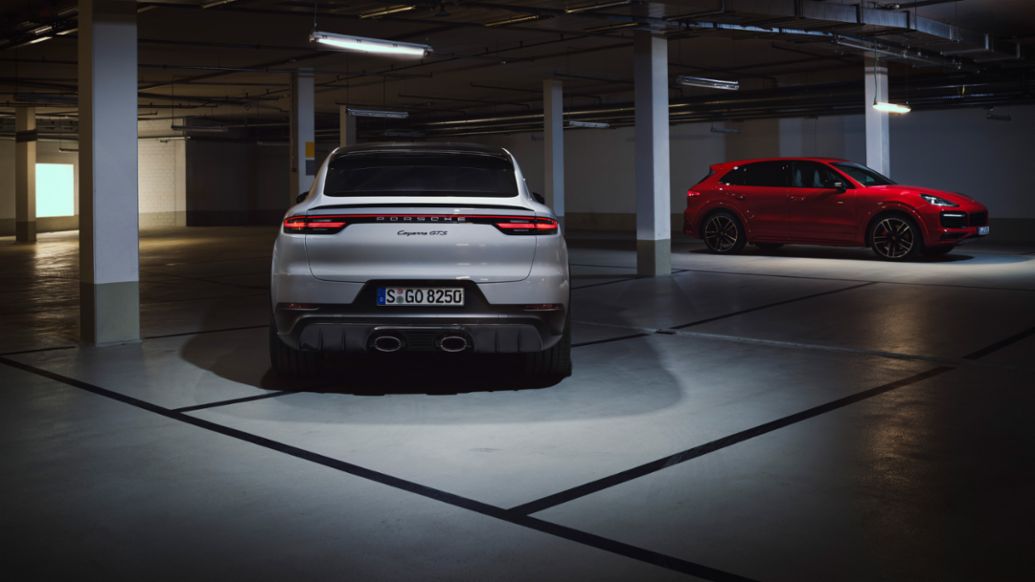
A total of 20,015 Taycan cars were delivered in 2020 – despite the six-week production shutdown in spring that coincided with the start of production of the new model as well as numerous market premieres. China remains the largest single market: Porsche delivered 88,968 vehicles to Chinese customers in 2020 – an increase of three per cent compared with 2019. The Asia-Pacific, Middle East and Africa regions also continued to show positive growth overall, with 121,641 vehicles delivered there in 2020. This was a four per cent increase compared with the same period in the previous year. Porsche delivered a total of 80,892 vehicles in Europe. In America, this number was 69,629.
